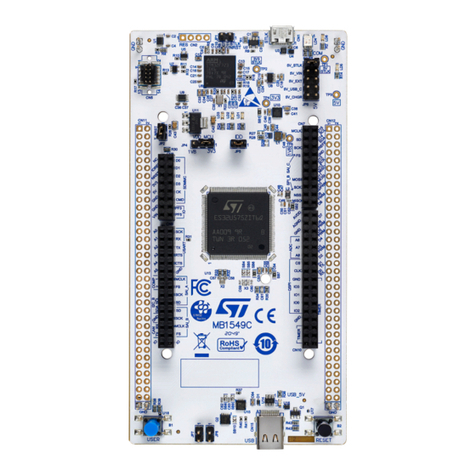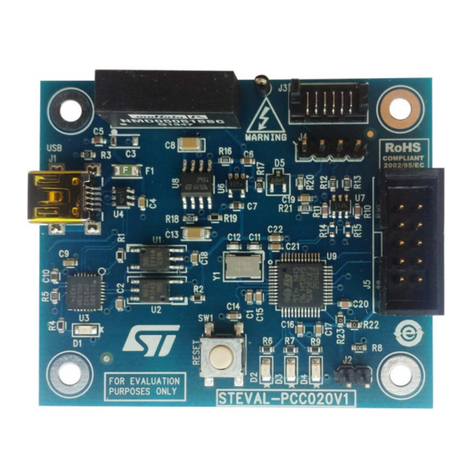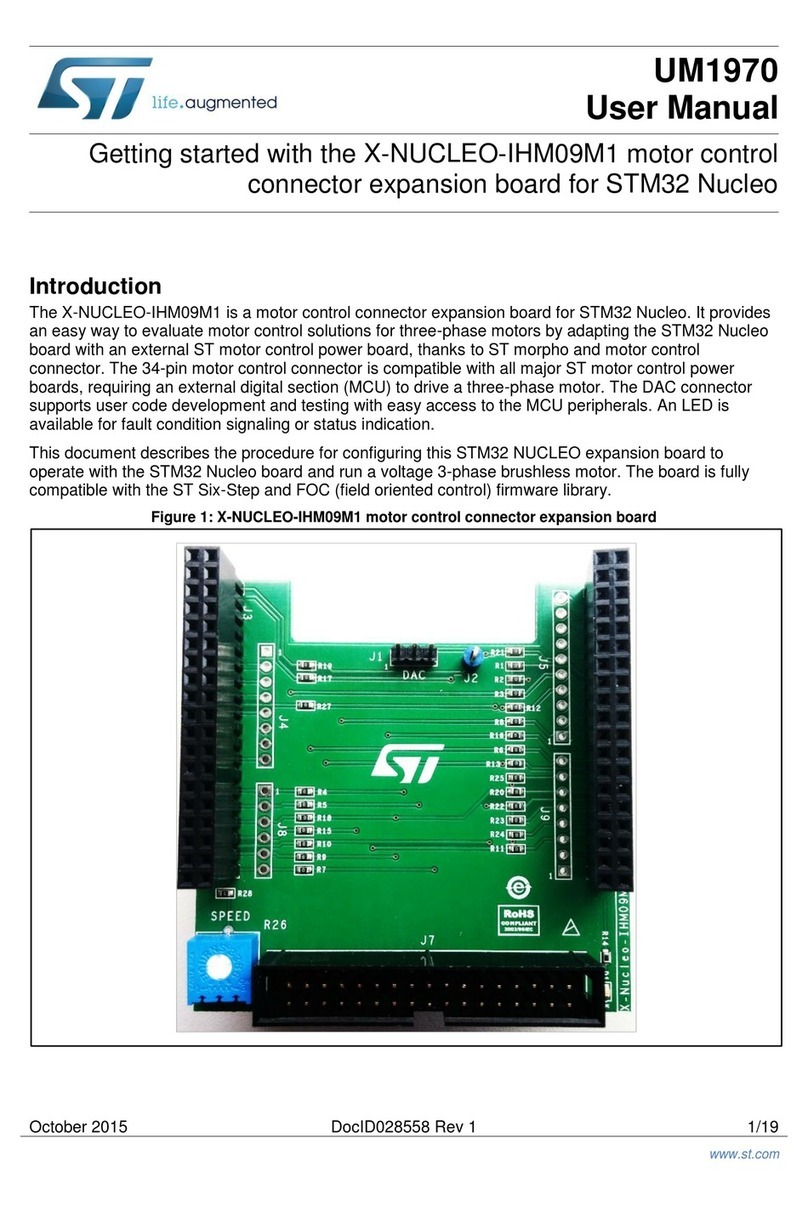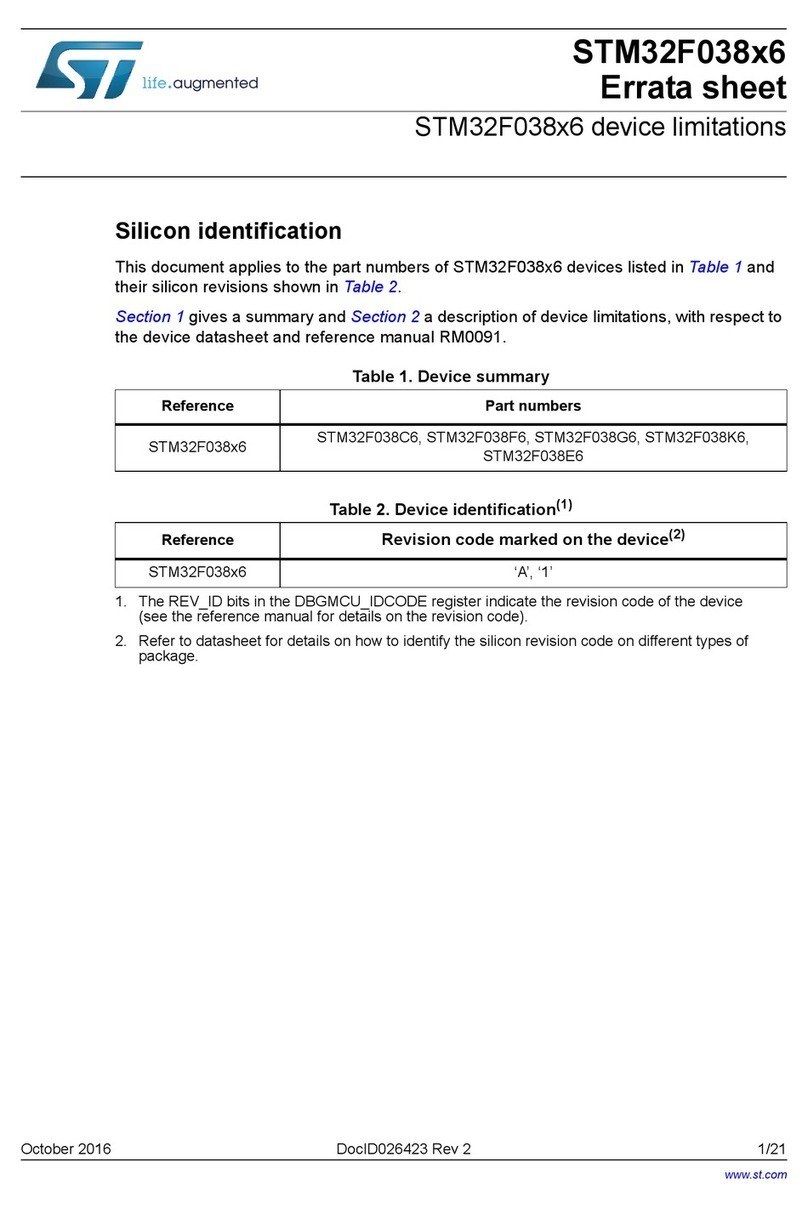ST EVAL6470H-DISC User manual
Other ST Computer Hardware manuals
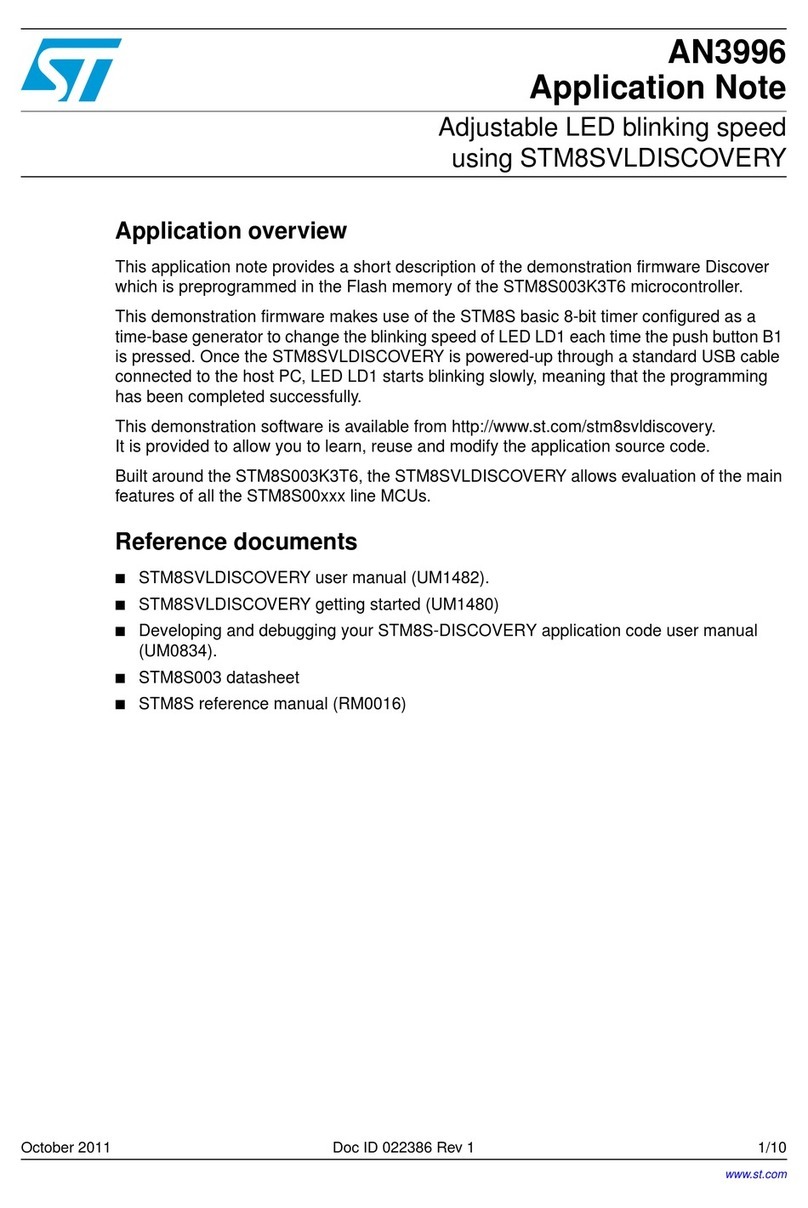
ST
ST STM8SVLDISCOVERY Installation and operating instructions
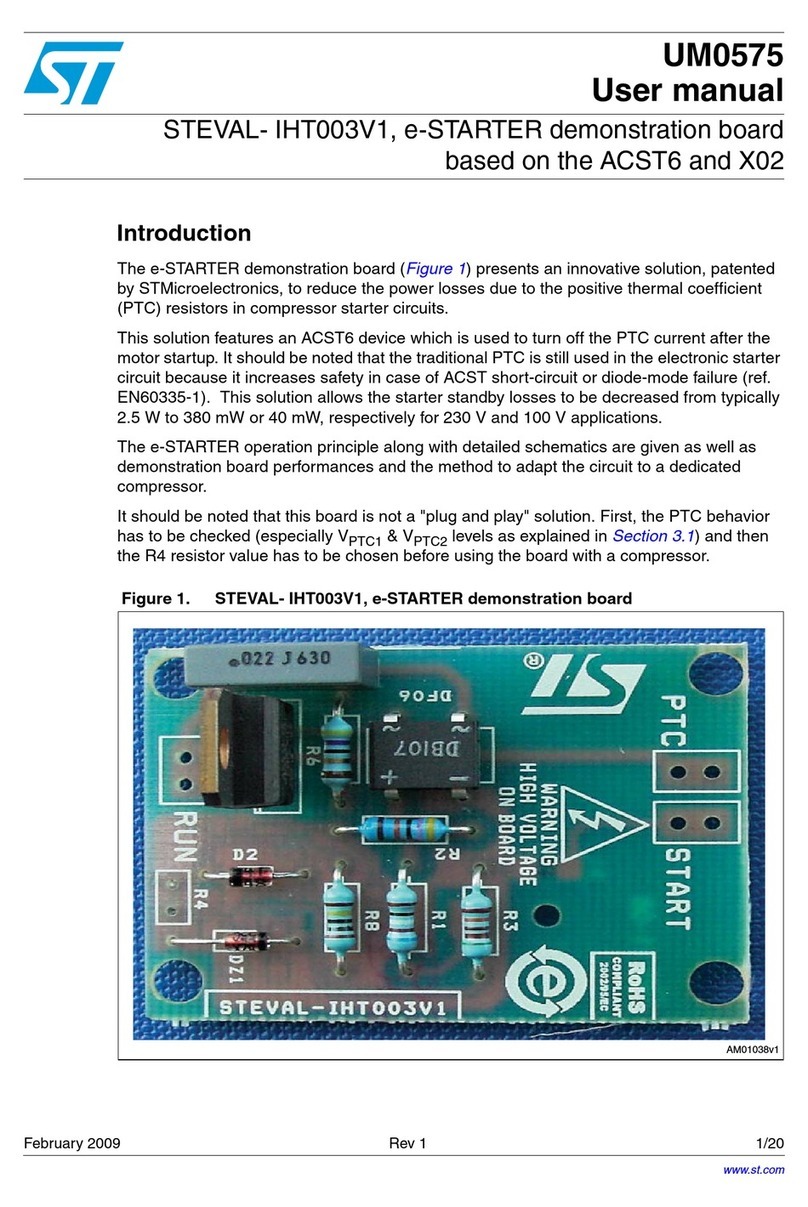
ST
ST UM0575 User manual
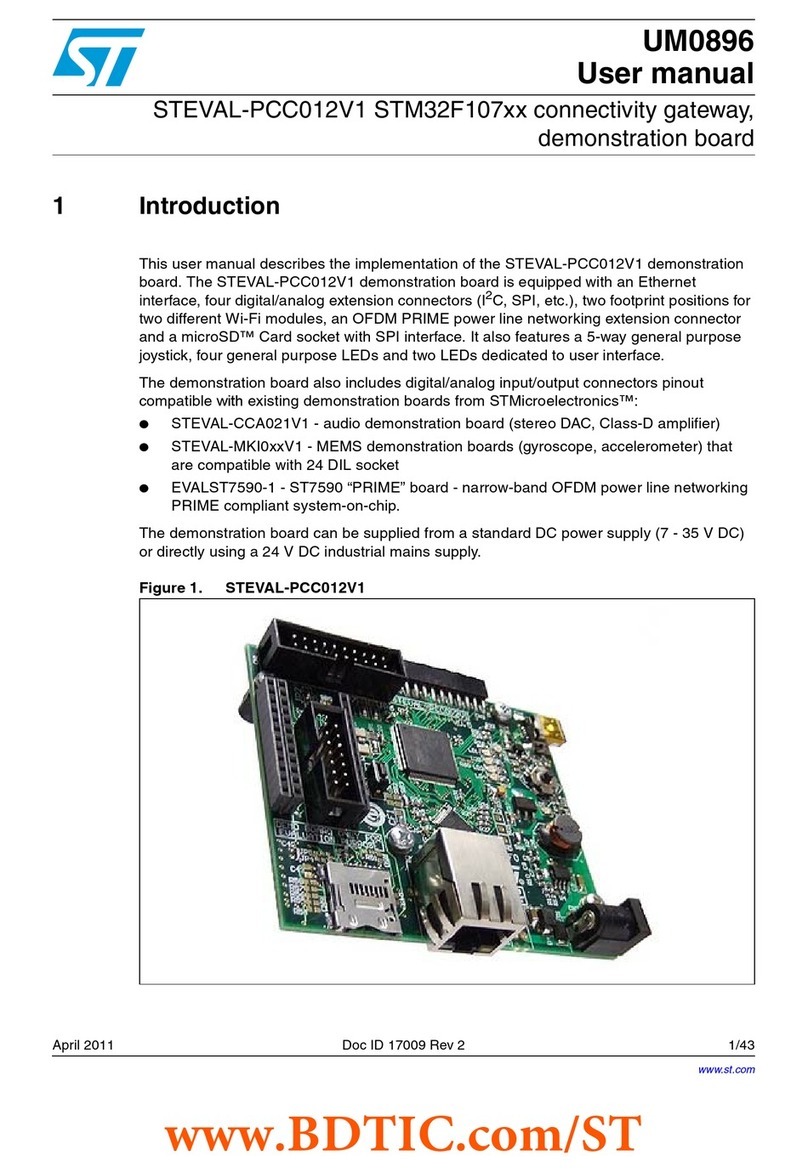
ST
ST STM32F107Series User manual

ST
ST X-NUCLEO-IDB04A1 User manual
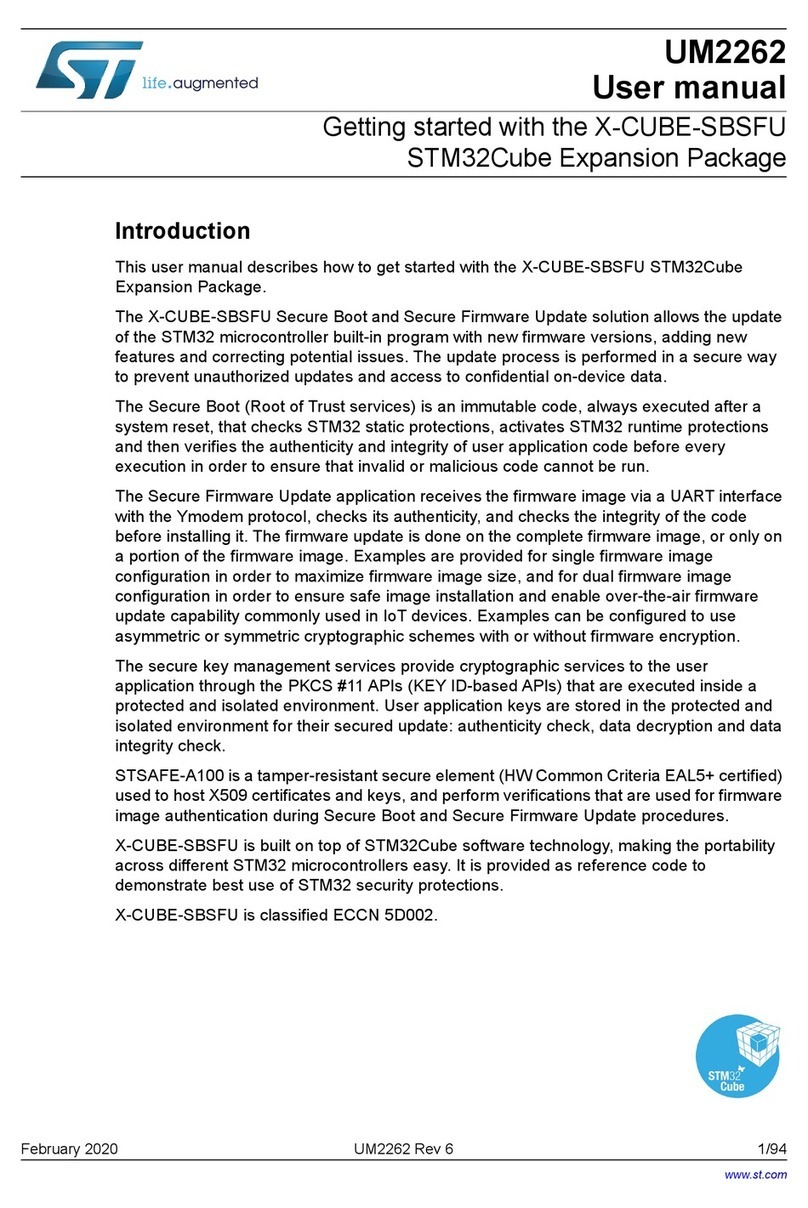
ST
ST X-CUBE-SBSFU User manual
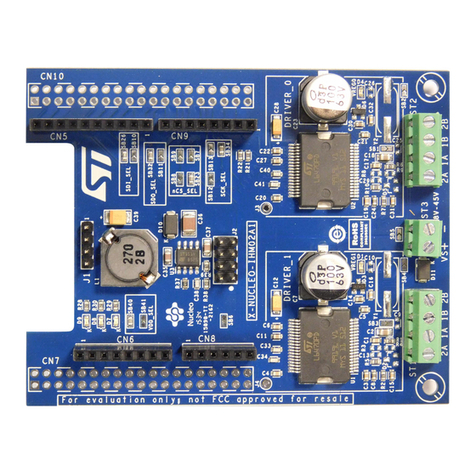
ST
ST X-NUCLEO-IHM02A1 User manual
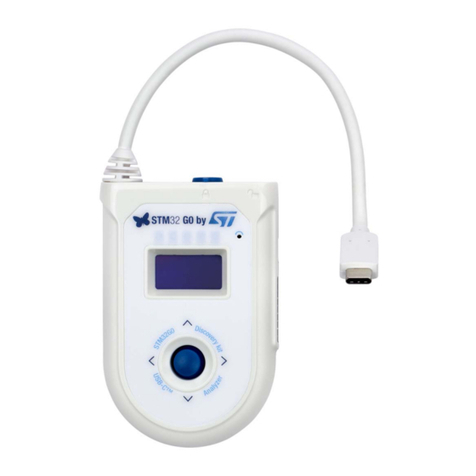
ST
ST STM32G071B-DISCO User manual
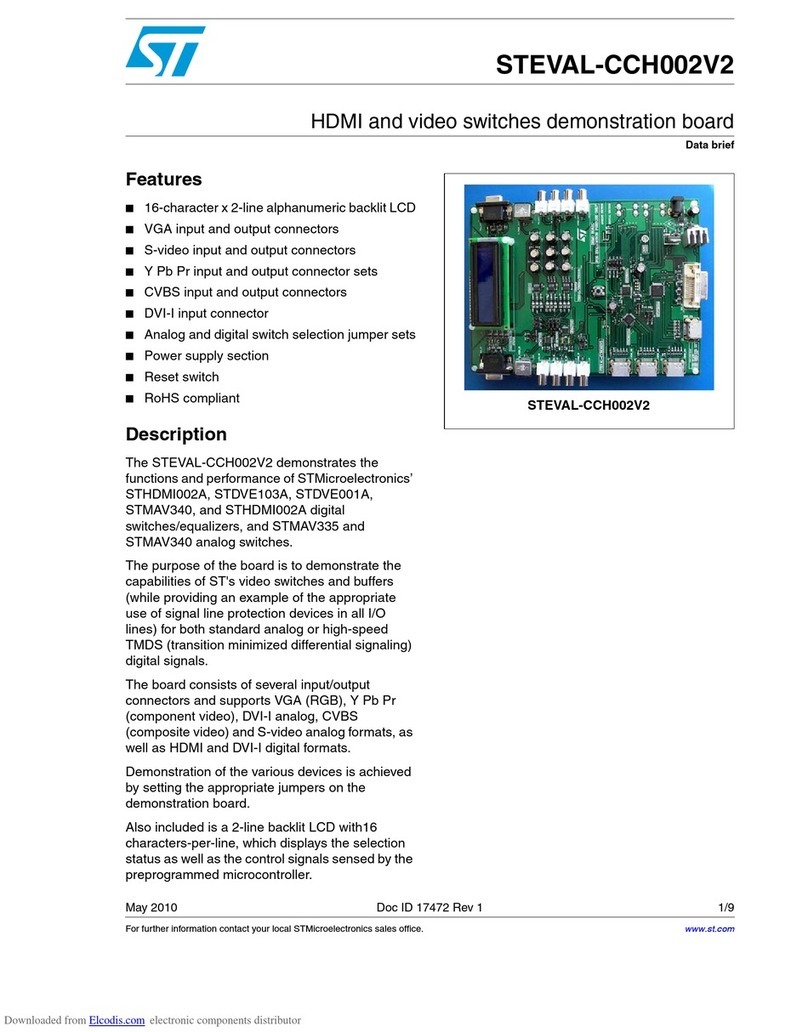
ST
ST STEVAL-CCH002V2 User manual
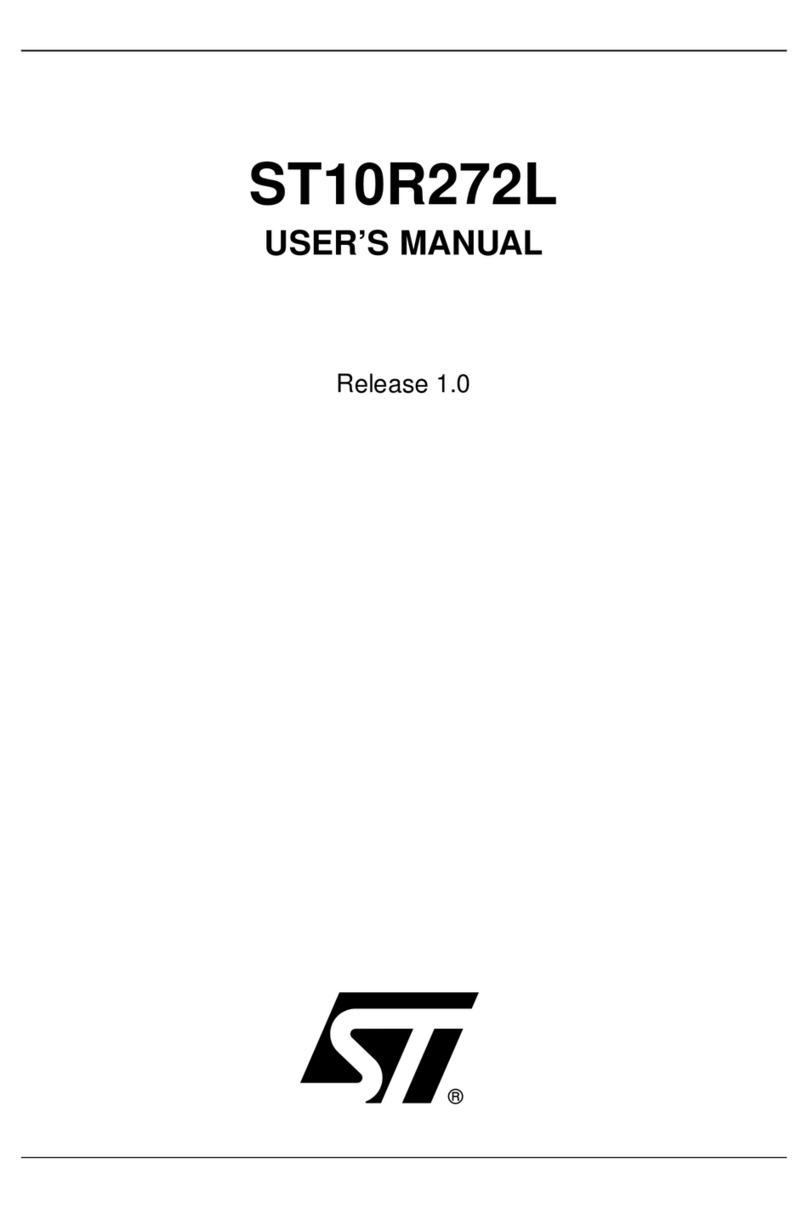
ST
ST ST10R272L User manual
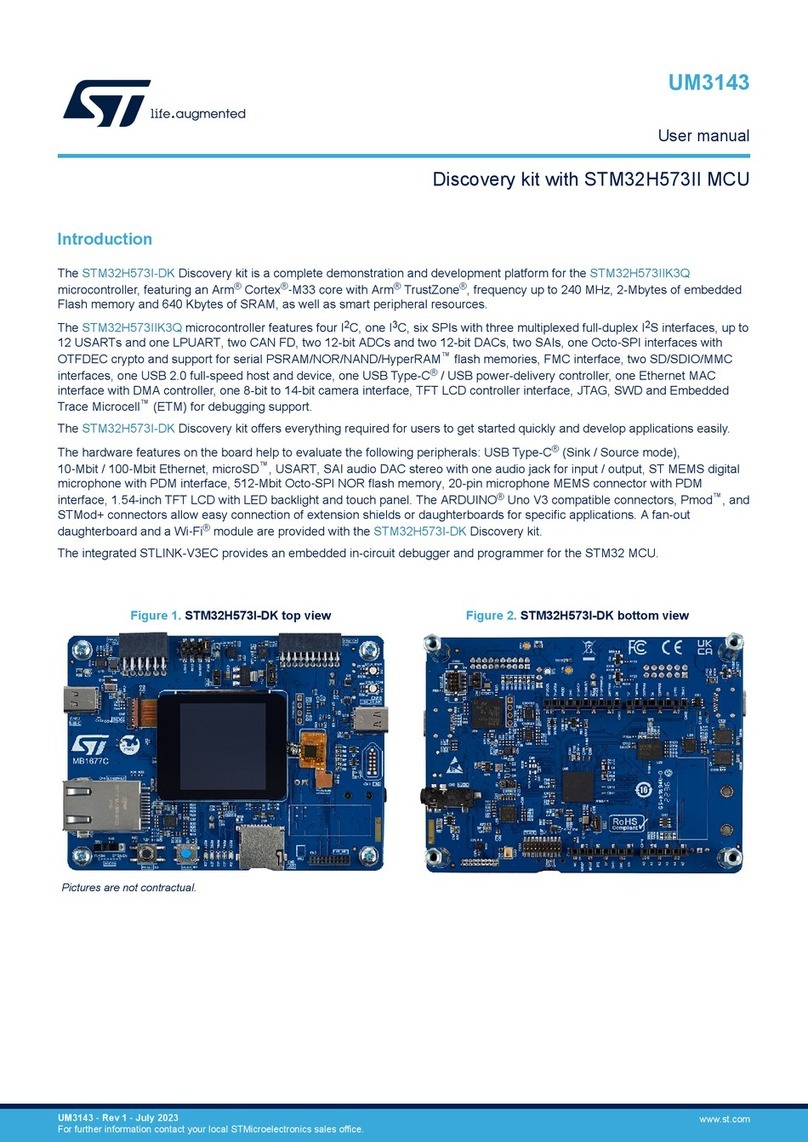
ST
ST STM32H573I-DK User manual
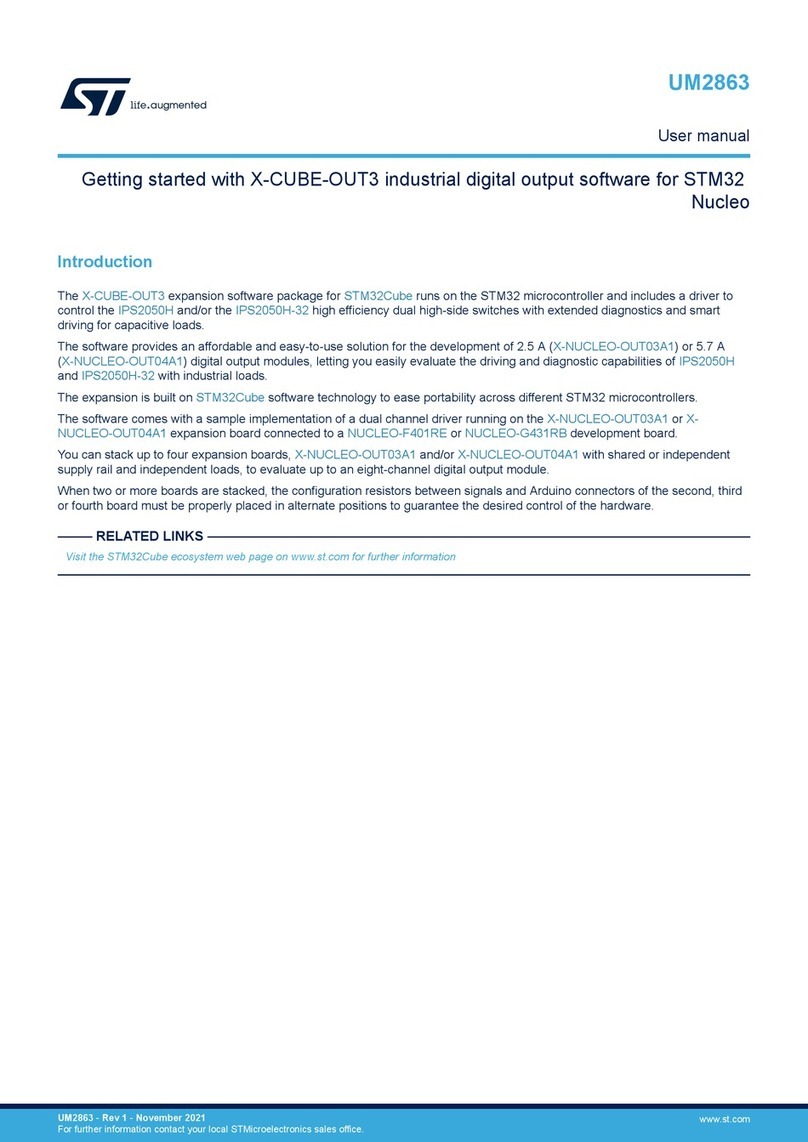
ST
ST X-CUBE-OUT3 User manual
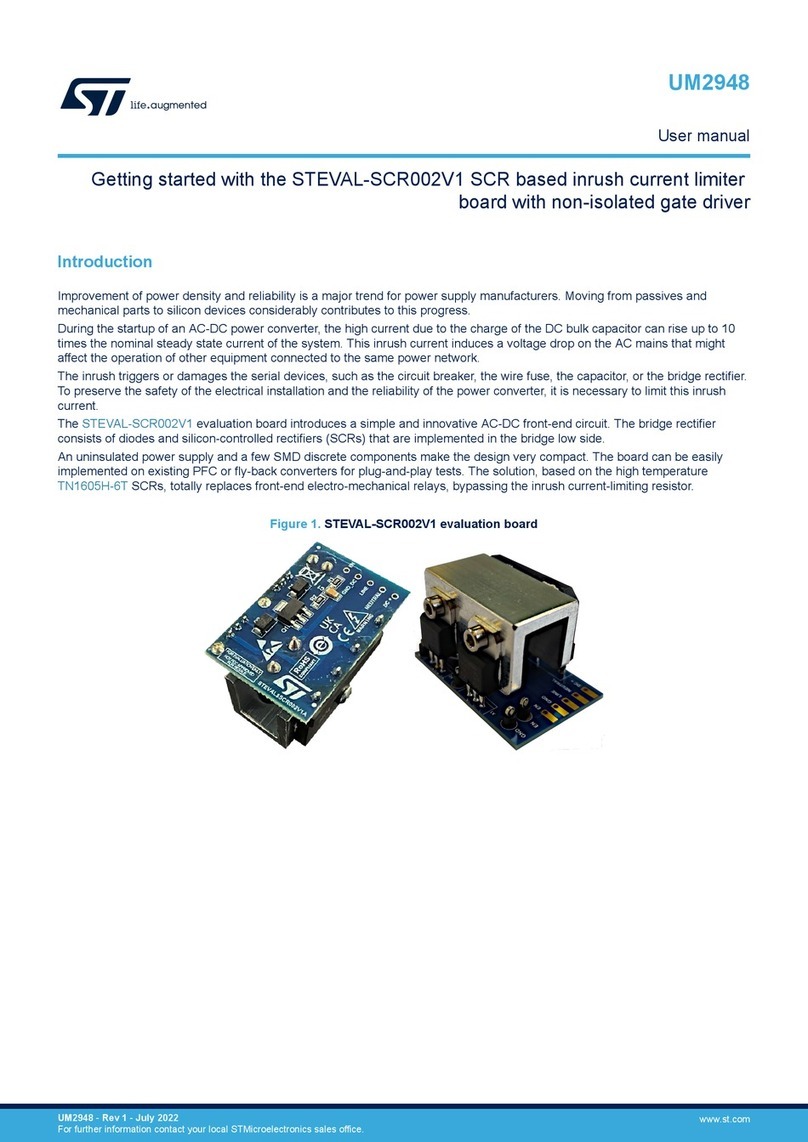
ST
ST STEVAL-SCR002V1 User manual
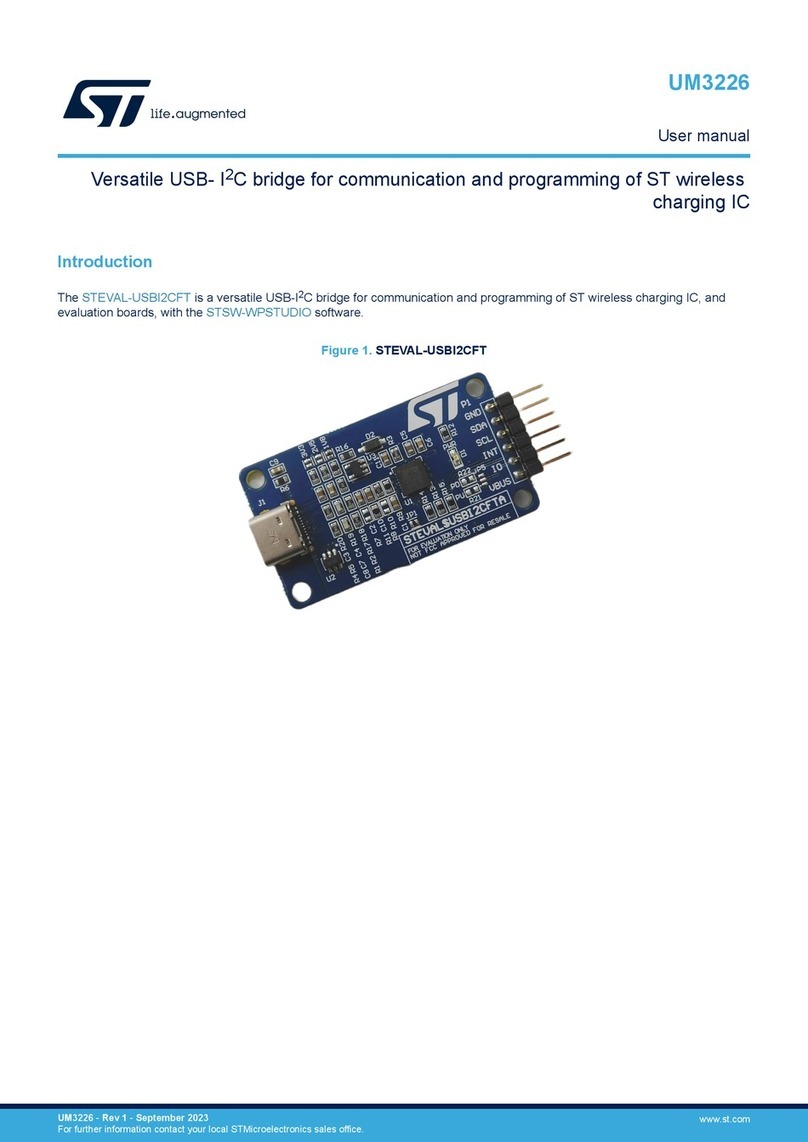
ST
ST STEVAL-USBI2CFT User manual
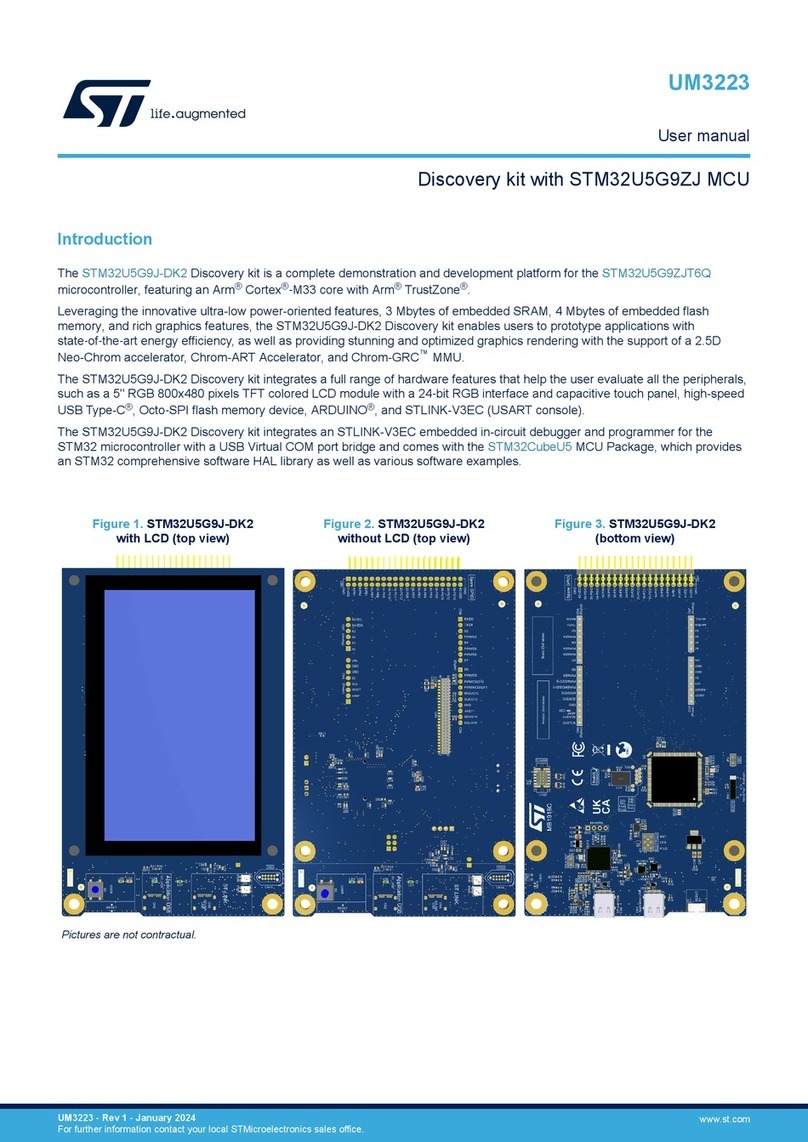
ST
ST STM32U5G9J-DK2 User manual
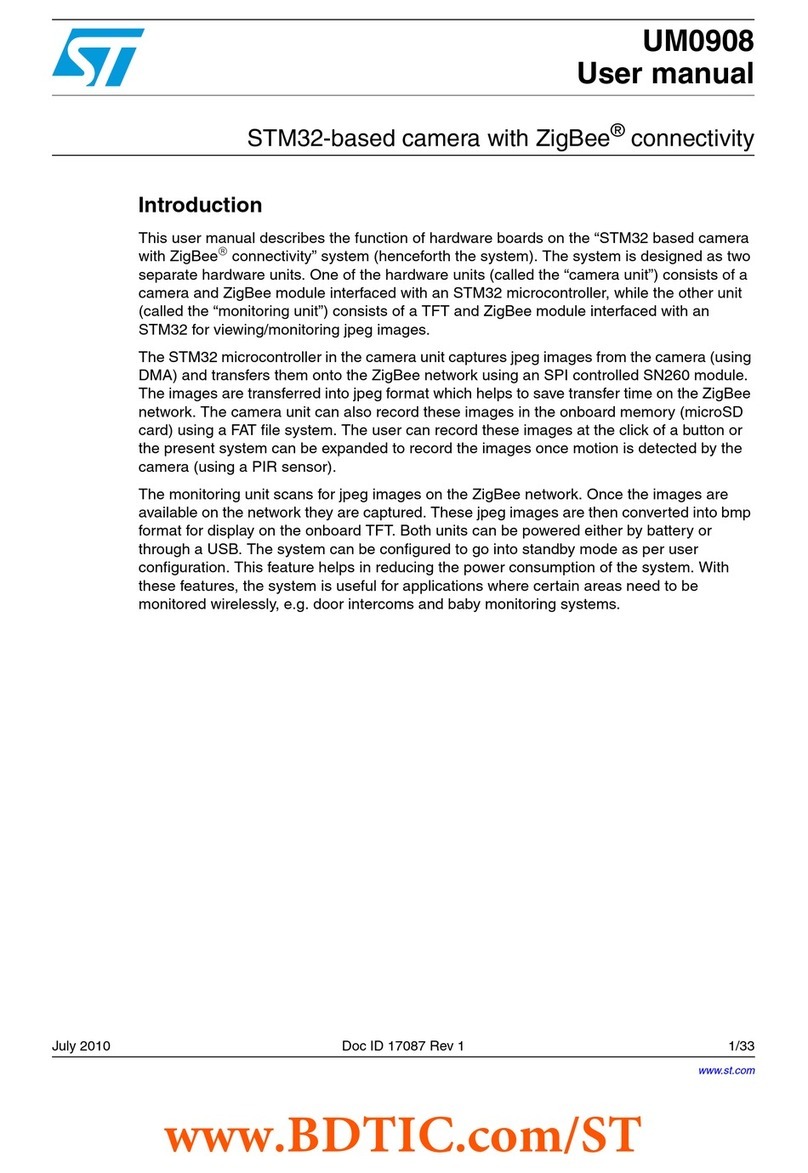
ST
ST STM32 Nucleo User manual

ST
ST X-NUCLEO-OUT17A1 User manual
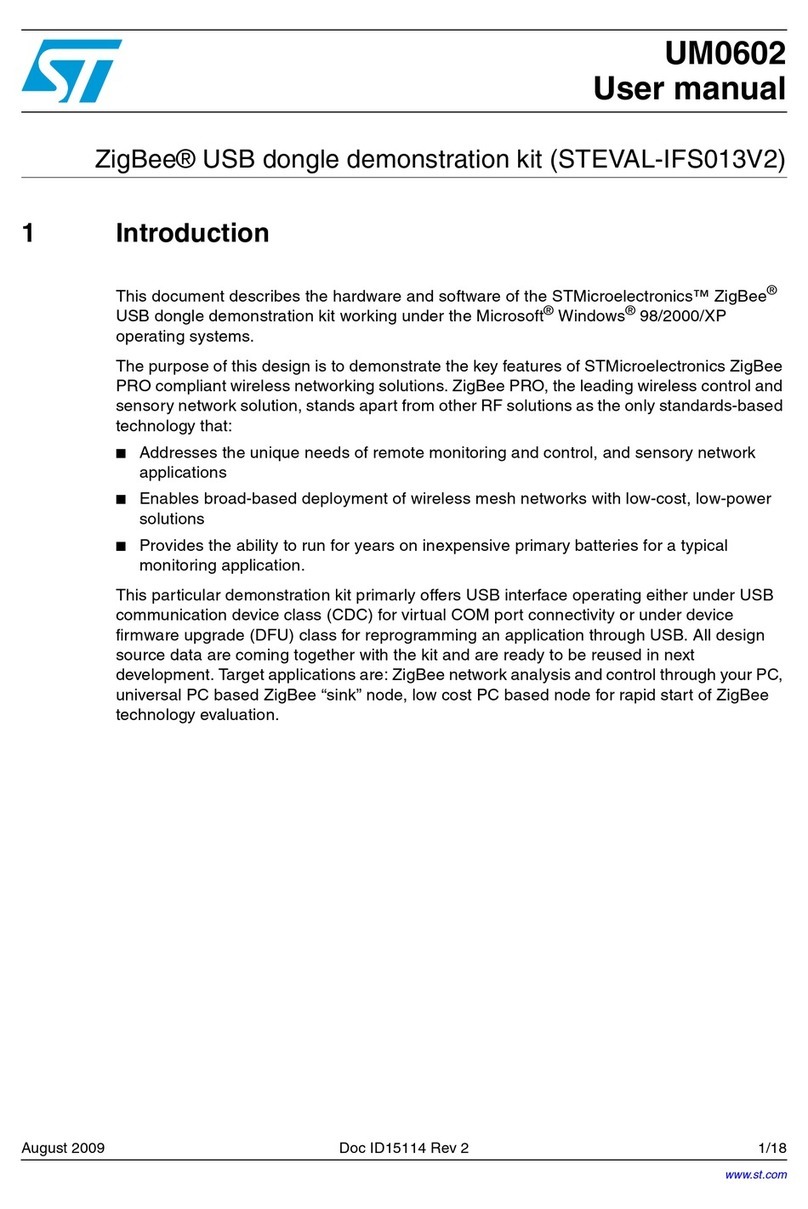
ST
ST STEVAL-IFS013V2 User manual
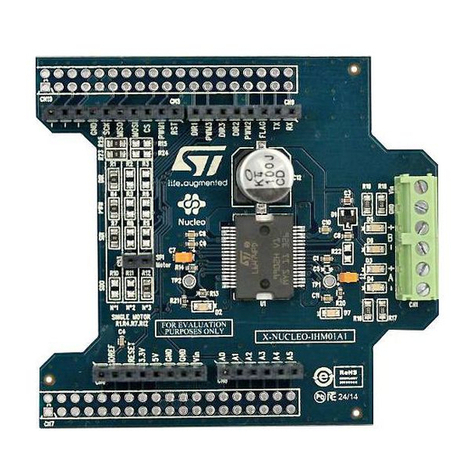
ST
ST X-NUCLEO-IHM01A1 User manual

ST
ST QFN20 User manual
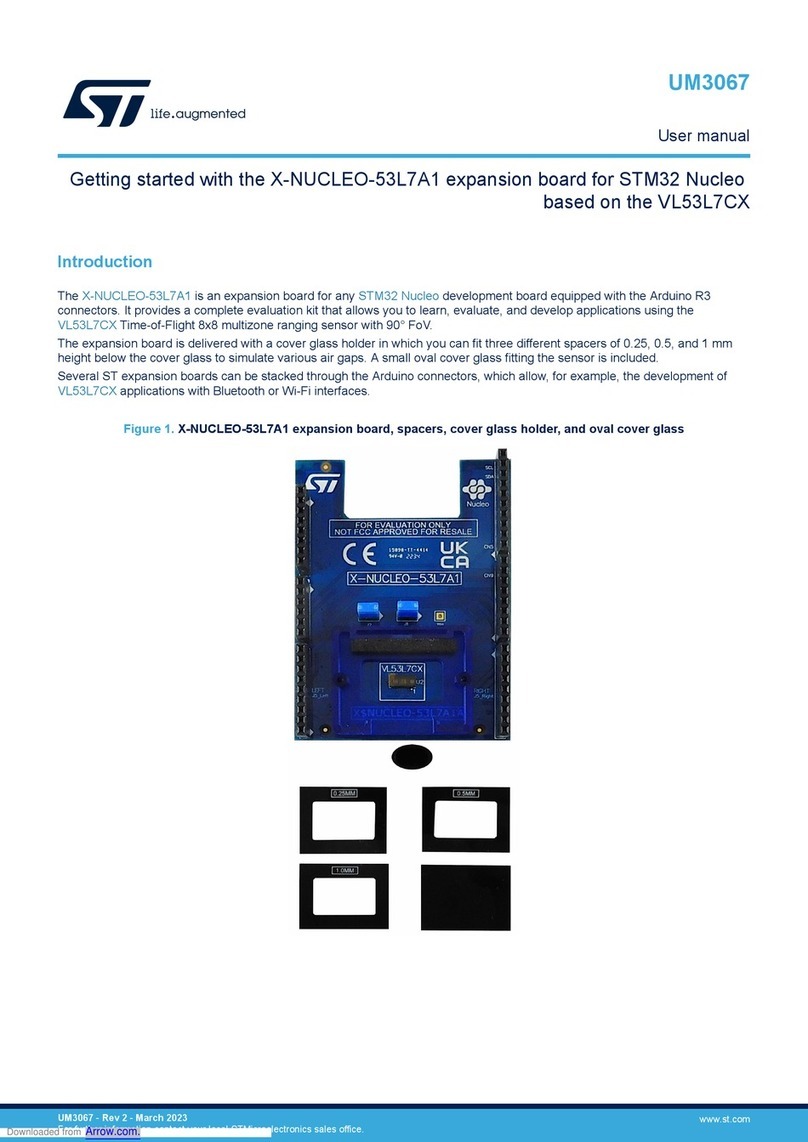
ST
ST X-NUCLEO-53L7A1 User manual
Popular Computer Hardware manuals by other brands

EMC2
EMC2 VNX Series Hardware Information Guide

Panasonic
Panasonic DV0PM20105 Operation manual

Mitsubishi Electric
Mitsubishi Electric Q81BD-J61BT11 user manual

Gigabyte
Gigabyte B660M DS3H AX DDR4 user manual

Raidon
Raidon iT2300 Quick installation guide

National Instruments
National Instruments PXI-8186 user manual

Intel
Intel AXXRMFBU4 Quick installation user's guide

Kontron
Kontron DIMM-PC/MD product manual

STEINWAY LYNGDORF
STEINWAY LYNGDORF SP-1 installation manual

Advantech
Advantech ASMB-935 Series user manual

Jupiter
Jupiter RAM PACK instructions
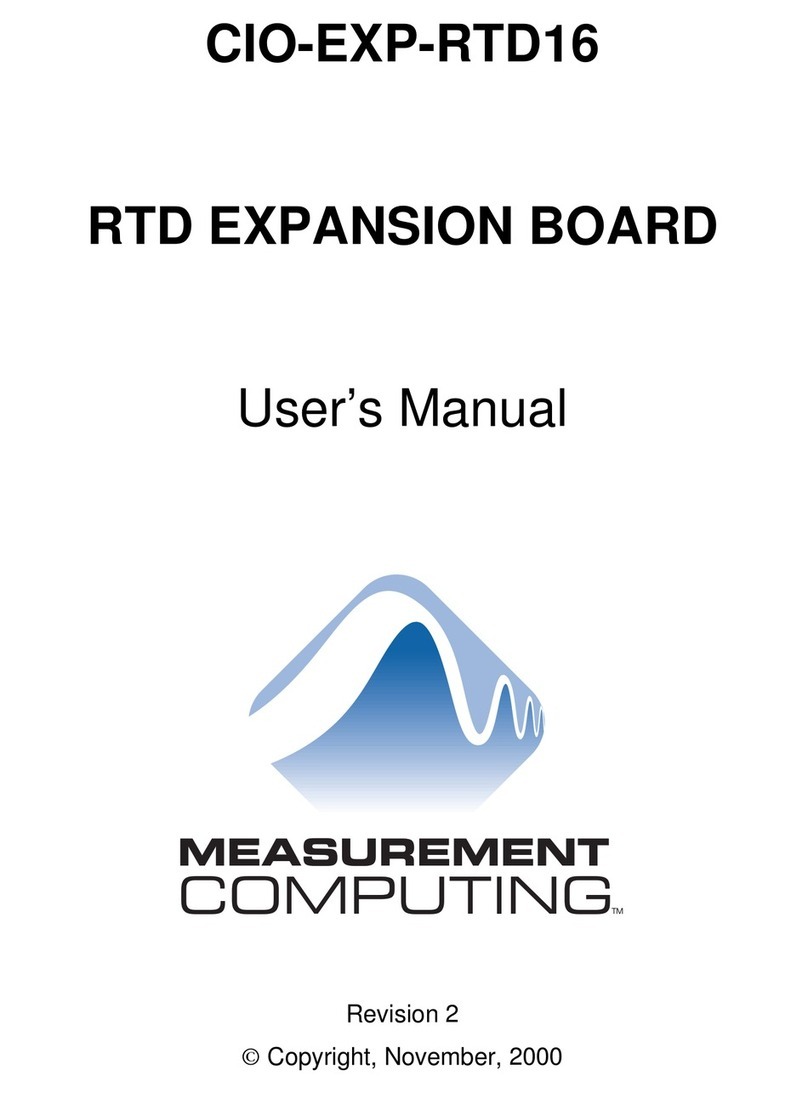
Measurement Computing
Measurement Computing CIO-EXP-RTD16 user manual
